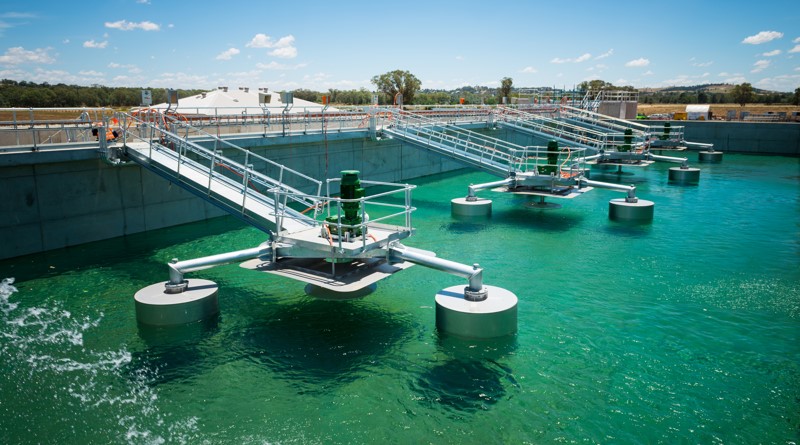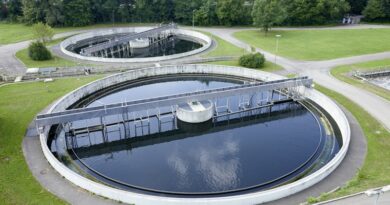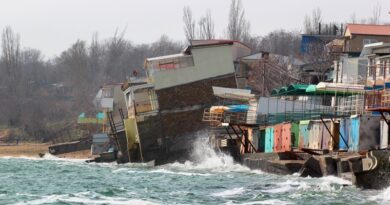India, China to push growth in water, wastewater treatment market for food industry

Pushed by strong growth in the dairy and beverage sectors in India and China in coming decade, the global water and wastewater treatment market for food industry is expected to grow at a CAGR of 6.8 per cent from 2022–2032 to reach $78.35 billion by 2032.
According to a new research report, the Asia-Pacific region is expected to account for the largest share of the water and wastewater treatment market for food industry in 2022. The high market growth in Asia-Pacific is driven by the rising demand for sustainable and advanced solutions due to the increasing burden on water resources and environmental pollution.
The dairy and beverages sectors will be among the key F&B sectors creating the highest investment opportunities in the region, the report said.
The food industry is one of the most water-intensive sectors. Water is used for production purposes, refrigeration, steam generation, and cleaning during the manufacturing process. It is also used in large quantities as an integral component of the final products.
The wastewater from the F&B industry mainly contains high amounts of sugar, flavorings, and coloring additives, which indirectly contributes to the spike of Biochemical Oxygen Demand (BOD) and Chemical Oxygen Demand (COD) in the discharged effluents. About 63 per cent of COD cannot be treated using physical processes.
Hence, further treatment using chemical and biological processes is needed to reduce the pollutants in the discharged effluents. Wastewater treatment technologies used in the F&B industry guarantee safe environmental discharge and reduce wastewater by reusing and recycling and enabling closed-loop systems.
Wastewater treatment in the food and beverages industry helps protect humans and the ecosystem from harmful and toxic elements found in wastewater discharge from food & beverage manufacturing plants. Water treatment facilities speed up the natural process of purifying water; these facilities use various processes (eg, physical, chemical, and biological) to treat wastewater generated from F&B manufacturing plants to remove pollutants and send the purified water back into the environment.
Based on type, the wastewater treatment segment is expected to account for the largest share of the water and wastewater treatment market for food industry in 2022. The large market share of this segment is attributed to the growing necessity for recycling and reusing wastewater in the F&B industry and the increasing adoption of niche technologies for by-product recovery and polymer extraction for bio-plastic production from F&B wastewater streams.
Based on offering, the design, engineering, and construction services segment is expected to account for the largest share of the water and wastewater treatment market for food industry in 2022. The large market share of this segment is attributed to the increasing number of investments in water and wastewater treatment-related infrastructure in the F&B industry and the growing inclination of F&B manufacturing companies towards integrated turnkey project plans.
However, the process control & automation segment is expected to register the highest CAGR during the forecast period. The growth of this segment is driven by the increasing number of government-mandated regulations for maintaining the quality of drinking water and managing wastewater and the benefits offered by automation, such as cost-effectiveness, efficiency, and lower workforce requirements for monitoring and managing wastewater, the research report said.
Based on cluster, the meat, poultry, and seafood segment is expected to account for the largest share of the water and wastewater treatment market for food industry in 2022. The large market share of this segment is attributed to the growing need for sustainable wastewater treatment for slaughterhouse wastewater which contains high organic and nutrient contents, the increasing global production of beef, pork, and poultry meat, and the rising number of stringent environmental regulations.
However, the dairy segment is expected to grow at the highest CAGR during the forecast period. The growth of this segment is attributed to the increasing global dairy production, high organic matter content in dairy wastewater, the growing utilization of dairy wastewater to generate renewable energies, such as biogas, and the increasing utilization of advanced technologies, such as membrane bioreactors and membrane filtration for treating and producing water for reuse, the report added.



